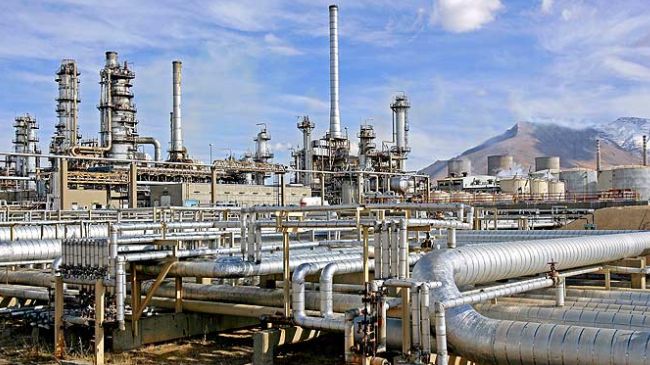How Arc spray coating improves the function of application components
With the variety of different thermal spraying processes, a wide range of gases is used majorly in applications for fuel gases and oxygen.
Different hydrocarbons, particularly acetylene and hydrogen are used. Besides the fuel characteristics, aspects of the gas supply system are also crucial. Flame spraying guns can commonly be used for different fuel gases by changing the nozzles. For fusion, highly functional gases like acetylene and Grieson are normally recommended.
Most guns use an attached powder container and oxygen as internal conveying gas. ToO offer larger magnitudes of powder, external powder conveyors are utilized, driven by compressed air that has to be purified through oil and water separators. If inertization is needed, argon with added nitrogen is used.
Flame spray guns introduce a need of fuel gas of many Kgs per hour. An acetylene supply system should be of suitable size and capacity. For high speed flame spraying, the gases commonly used are propane, propene and hydrogen. Usually pressure values vary from 5 to 7 bars with a potential to go in the direction of 10 bars.
Flame spraying often needs only low cost equipment. It is fit for single piece and series production and can be used in stationary and mobile configurations. Major applications are protection from corrosion and wear. Use of arc spray wire depends on material and application rate. For example most metals and hard alloys.
The materials used are for active corrosion protection. For use against vigorous chemicals, Chromium-Nickel alloys are used. For security from mechanical wear, Inconel alloys are used. To secure from impact damage, Nickel alloys coatings are sprayed and then fused. After fusing, these coating possesses a high density and excellent resistance to wear.
When there are additional requirements for sealing, adhesion and wear resistance of coating like in engine manufacturing, high velocity frame spraying is commonly used. In this process, regular combustion occurs inside a water cooled combustion chamber. The expansion of the combustion gases in the expansion tube develops a supersonic flow, creating a very high acceleration of the spray material. The result is the high coating density and firm adhesion to the base material. The crucial application is wear protection by using solid alloys with metal carbides.
Development of the component includes degreasing and blasting with sharp edged corundum. Often separate cabins with turntable devices are used for blasting and spraying. A common after treatment is the fusion of alloys. It is conducted with a fuel gas or oxygen flame. To decrease the porosity for corrosion protection, cold sprayed coatings are usual sealed with epoxy resins.
In plasma spraying, similar to a high velocity flame spray, supersonic flow is developed. Here energy is electrically produced. The main application aspect of plasma spraying is the development of ceramic coatings like aluminium and titanium oxide. The deposition rate is very high. The deposition rate is very high. It can be performed in a vacuum or in atmospheric pressure, such as in an argon chamber. It can be conducted with static systems.


